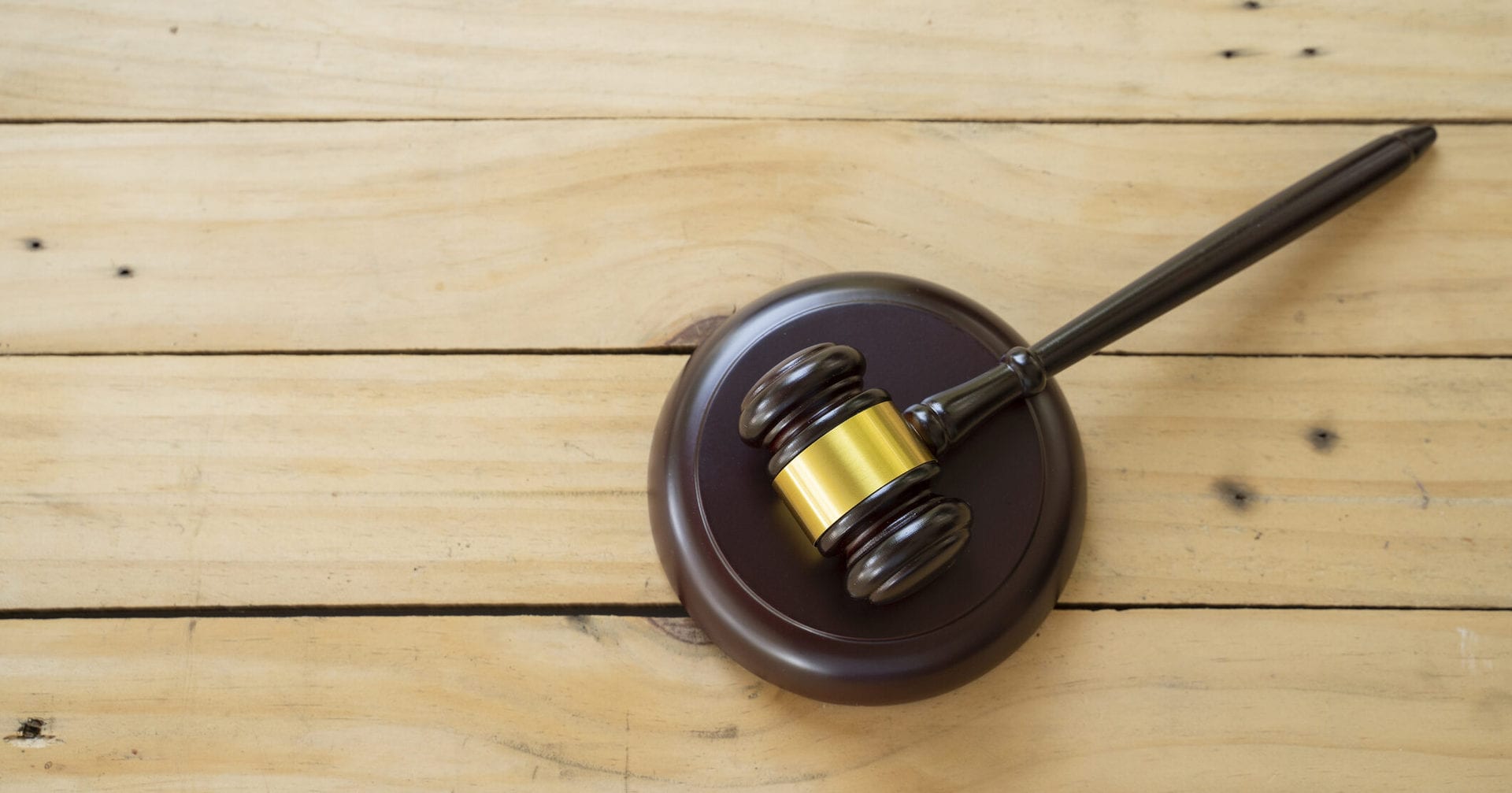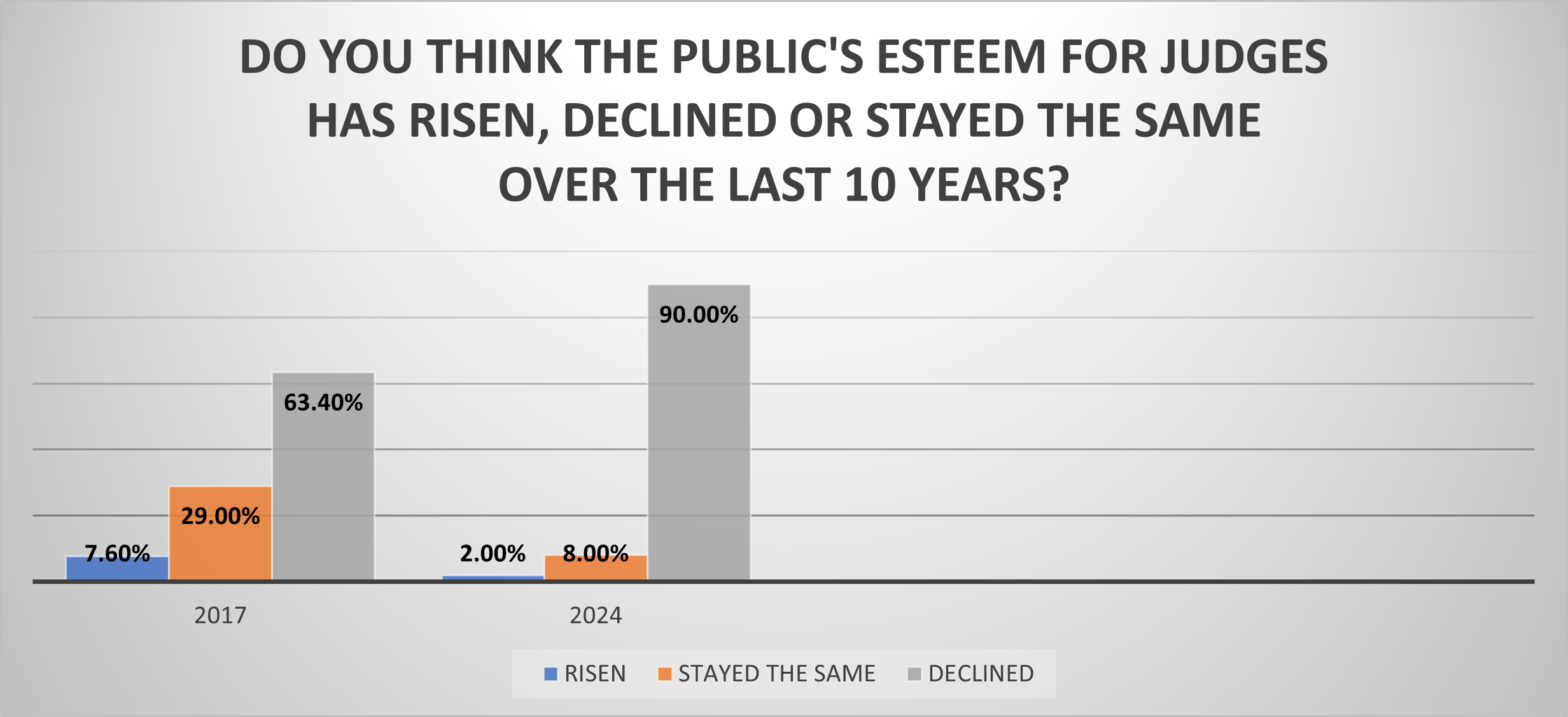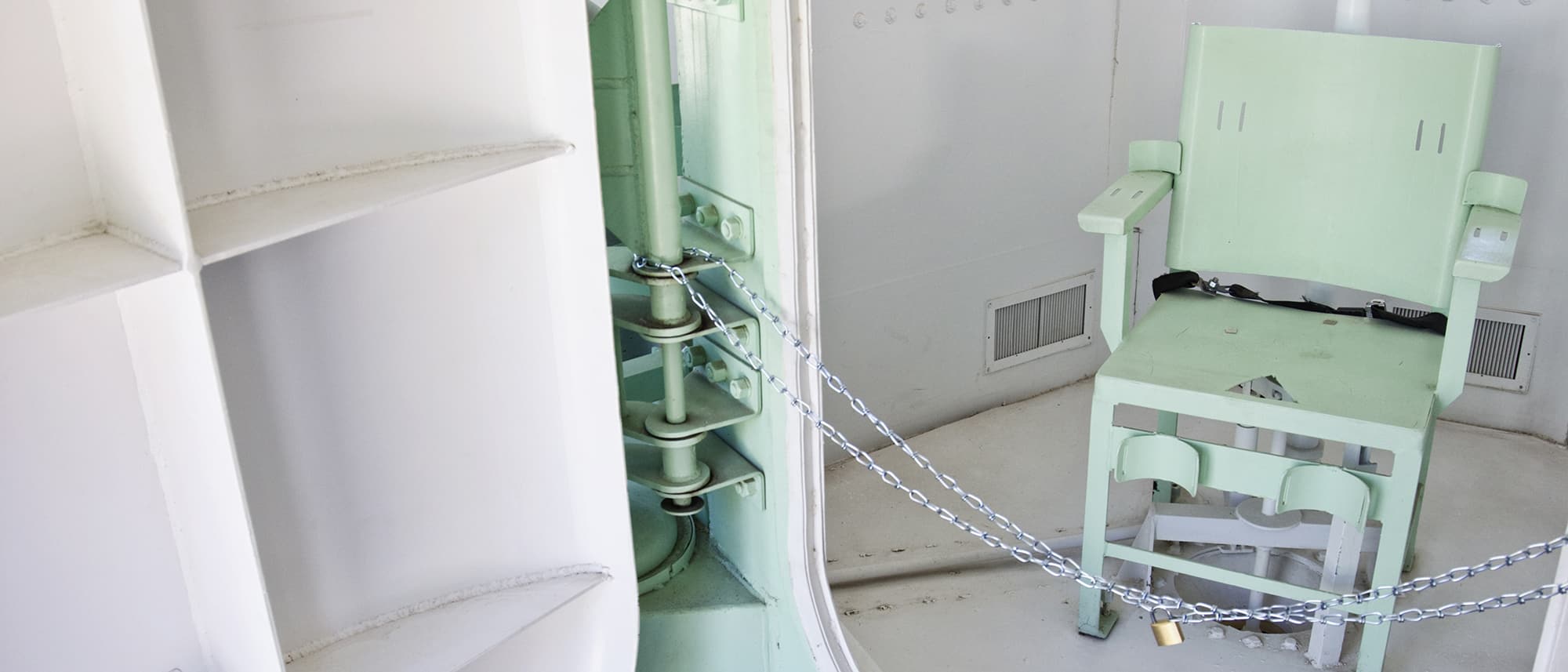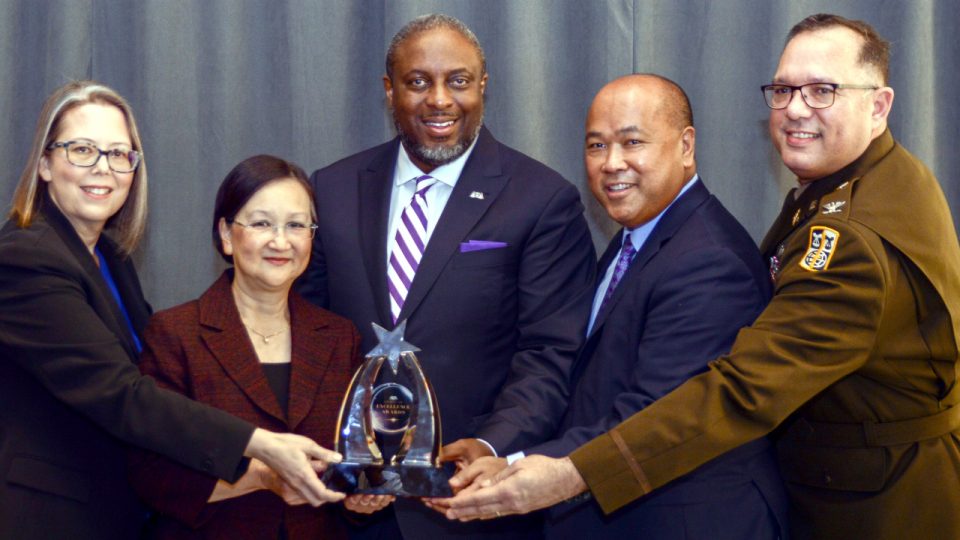By By Barry A. J. Fisher, M.S., MBA
On September 20, 2016, The Presidents Council of Advisors on Science and Technology (PCAST) issued its report entitled Forensic Science in Criminal Courts: Ensuring Scientific Validity of Feature-Comparison Methods.[1]
The introduction states that “The President’s Council of Advisors on Science and Technology (PCAST) is an advisory group of the Nation’s leading scientists and engineers, appointed by the President to augment the science and technology advice available to him from inside the White House and from cabinet departments and other Federal agencies. PCAST is consulted about, and often makes policy recommendations concerning, the full range of issues where understandings from the domains of science, technology, and innovation bear potentially on the policy choices before the President.” The members of the Council are among the most well regarded scientists in the United States.
The report notes that “PCAST consulted with a panel of legal experts to provide guidance on factual matters relating to the interaction between science and the law. PCAST also sought guidance and input from two statisticians, who have expertise in this domain.” Subject matter experts were also contacted and a listing of those persons is included at the end of the report.
The PCAST report focuses on a number of issues, some of which were previously discussed in the 2009 National Academy of Sciences report,[2] Strengthening Forensic Science in the United States: A Path Forward. The principal attention of the report concerns the reliability of certain types of physical evidence. PCAST challenges the validity of evidence where feature comparative methods are used to associate items of evidence. Forensic scientists generally refer such evidence as “pattern evidence.” Examiners observe patterns found within the evidence which may associate an item of evidence to another item or a particular source. Perhaps the most common type of pattern evidence is fingerprint evidence, but other types of pattern evidence, are firearms and tool mark evidence, tire impression and footwear evidence, handwriting evidence, bite mark evidence, to name the more common varieties. The report also discussed DNA cases where mixtures of biological material were found, such as in the case of multiple assailant sexual assault cases. Other types of evidence where not covered.
The report highlights the importance of statistics to aid experts to inform the trier of fact of the significance of the evidence and by extension the degree of importance to which it should be given by the jury. It mentions the number of studies (and in some instances, the limited number of those studies) published in refereed journals. PCAST finds that in some cases, there is insufficient data to reliably make a conclusion about the connection between an item of evidence collect at a crime scene and a reference sample, for example a show impression in soil at a burglary scene and a suspects shoes. It points out, and properly so, that there is insufficient information to ascribe a statistical value to the significance of an examiners observations.
The issue for judges concerns their gatekeeping responsibilities to admit scientific evidence for the jury to consider. How may experts deal with subjective, as opposed to objective information to form conclusions which are offered as expert opinions. This is particularly problematic for experts where statistical information is not available to provide to juries and give juries some notion of the reliability of an opinion testimony.
A problem which judges will face when it comes to expert evidence is that often, statistics are no available. For example, social scientists and medical experts often testify based on opinions without statistical data to back up opinion testimony. If pattern evidence is excluded because of the lack of statistical information, should any form of expert evidence without such statistical information result in that information be excluded from juries to consider.
Perhaps an alternative might be a requirement for experts to provide a trier of fact with the strengths as well as the limitations of a particular field of expertise. It’s true that footprint or tire impression evidence, for example, do not have statistical information we would wish to have, but is that alone reason to exclude it from consideration. Perhaps an alternative would be for a jury instruction explaining to juries the limitations of the evidence while instructing jurors to give some weight to the evidence. “Throwing the baby out with the bath water” may at first blush seem to be a sensible approach but on reflection my not serve the interests of justice and remove from the jury information to aid in there deliberations.
[1] https://www.whitehouse.gov/blog/2016/09/20/pcast-releases-report-forensic-science-criminal-courts
[2] https://www.ncjrs.gov/pdffiles1/nij/grants/228091.pdf

RENO, NV (PNS) – As they eye their inaugural football season this fall, the Gaveliers have question marks...

In what may reflect a devastating blow to the morale of the judiciary, 9 out of 10 judges believe the publi...

RENO, Nev. (Jan. 26, 2024) — The nation’s oldest, largest and most widely attended school for judges �...

RENO, Nev. (Feb. 7, 2024) — National Judicial College President & CEO Benes Z. Aldana received the Am...

It’s the bear, by a clear majority. A bear to be called Bearister. January’s Question of the Month* ...